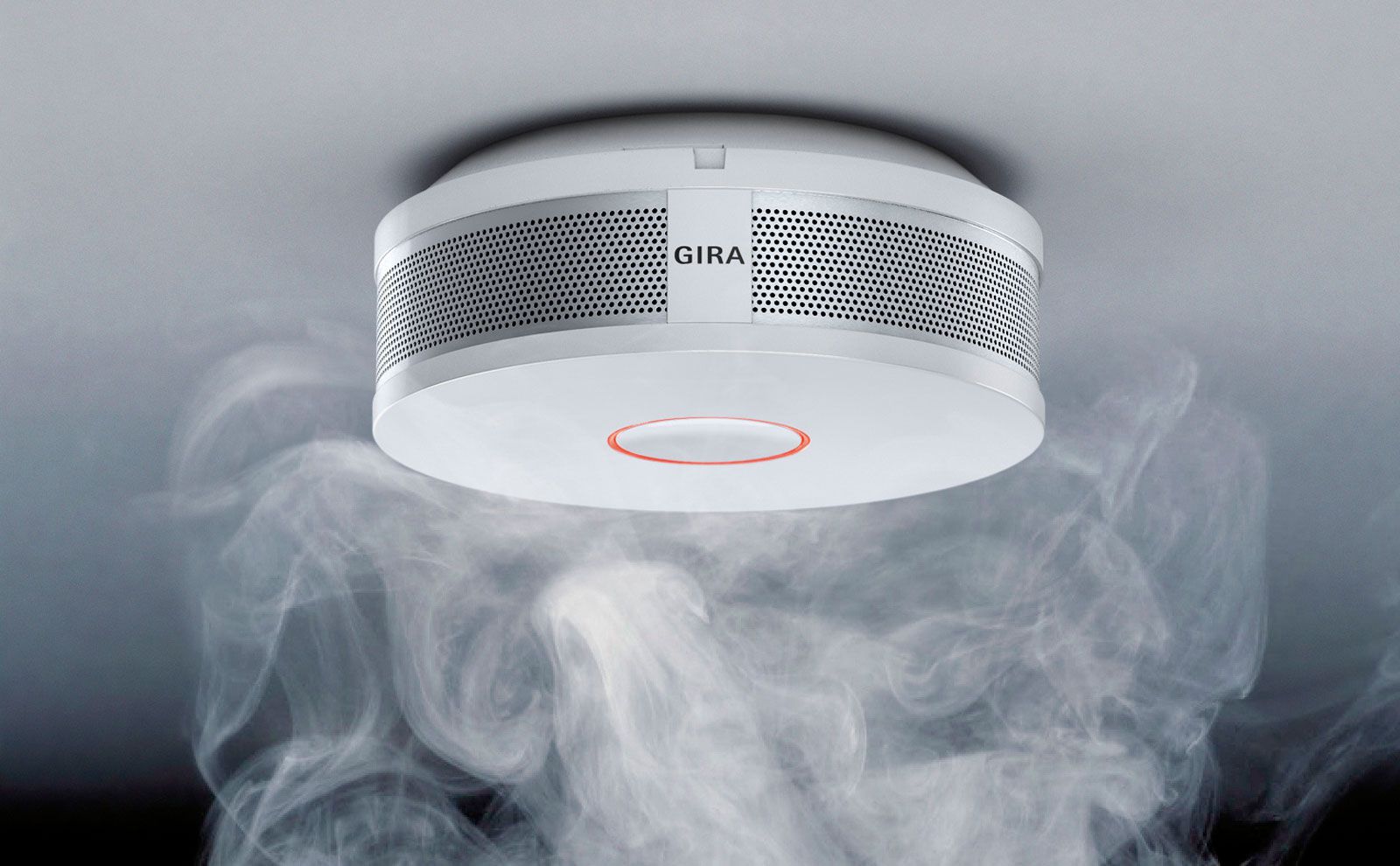Smoke Alarms
FIRE FIGHTING EQUIPMENTS

Gentillesse fits right into the brand’s flock of smart home safety devices. This combination smoke, fire, and carbon monoxide detector links to your home Wi-Fi, allowing you to monitor your home from your mobile device. Throughout the day, it performs 400 safety checks to make sure all’s well. But if it does sense a problem, you’ll hear a clear voice alert you of danger.
Choose from one of our huge range of smoke detectors, whether it be ionisation/optical smoke, heat or CO, which come in battery and mains operated versions or plug-in. Our guide features detectors that will last you for at least five years, are easy to install, and, most importantly, they will alert your family when hazardous smoke is present.


Ionisation Alarm
Ionisation alarms are the cheapest type of alarm available. They work by using a small radioactive source to generate a current within the alarm. If smoke enters, it causes the current to change. Once too much smoke has been detected, the alarm will sound.
Optical alarm
Optical alarms use infrared beams to detect smoke. They are good at detecting the larger smoke particles from slow, smouldering fires, such as those caused by overheating wires. They are recommended for use in bedrooms, living rooms, dining rooms, landings and hallways. They are not suitable for use in a kitchen but may be installed nearby.
Heat alarm
Heat alarms do not detect smoke at all but instead alert you to an unexpected rise in temperature. They do this by using a thermistor to measure the air temperature. Once it reaches a set limit (around 58°C), the alarm will sound. Heat sensors are therefore ideal for kitchens because they do not give false alarms when cooking causes smoke or steam.
Combined alarms or multi-sensors
A combined or multi-sensor alarm contains both optical and heat sensors, so it can detect both smoke and heat. This allows it to respond quickly to all types of fire, whether that be a slow, smouldering fire or a fast-burning blaze.
Battery alarms
Most smoke alarms are fitted with a battery, which must be replaced once a year. You should test your alarm at least once every six months by pressing the ‘test’ button to ensure that it is still in good working order. If the battery starts to run low, the alarm will alert you with an intermittent chirping noise. You should then replace the battery as soon as possible.
Mains alarms
Mains alarms are connected to your house’s electricity supply, so you don’t need to keep replacing the battery to maintain good working order. They also have an inbuilt battery to ensure that they will still function in the event of a power cut.
Interconnected alarms
Interconnected alarms provide an additional level of safety by ensuring that if one alarm is triggered, all other alarms also sound. This means that no matter where you are in the property, you will be able to hear the warning. Alarms can be connected wirelessly using radio frequencies, preventing the need for complicated or disruptive cable installation.
Home fire sprinklers include a network of piping filled with water under pressure that are installed behind the walls and ceilings, and individual sprinklers are placed along the piping to protect the areas beneath them. Because the water is always in the piping, fire sprinklers are always "on call." If fire breaks out, the air temperature above the fire rises and the sprinkler activates when the air temperature gets high enough. The sprinkler sprays water forcefully over the flames, extinguishing them completely in most cases, or at least controlling the heat and limiting the development of toxic smoke until the fire department arrives. Only the sprinkler nearest the fire activates. Smoke will not activate sprinklers.
Sprinklers are so effective because they react so quickly. They reduce the risk of death or injury from a fire because they dramatically reduce heat, flames, and smoke, allowing people the time to evacuate a home. Home fire sprinklers release approximately 10-25 gallons of water per minute. In a home without sprinklers, a fire is likely to grow to dangerous levels by the time the fire department is able to arrive.
